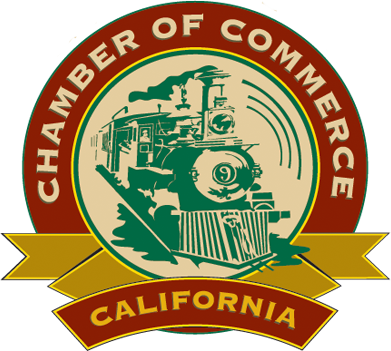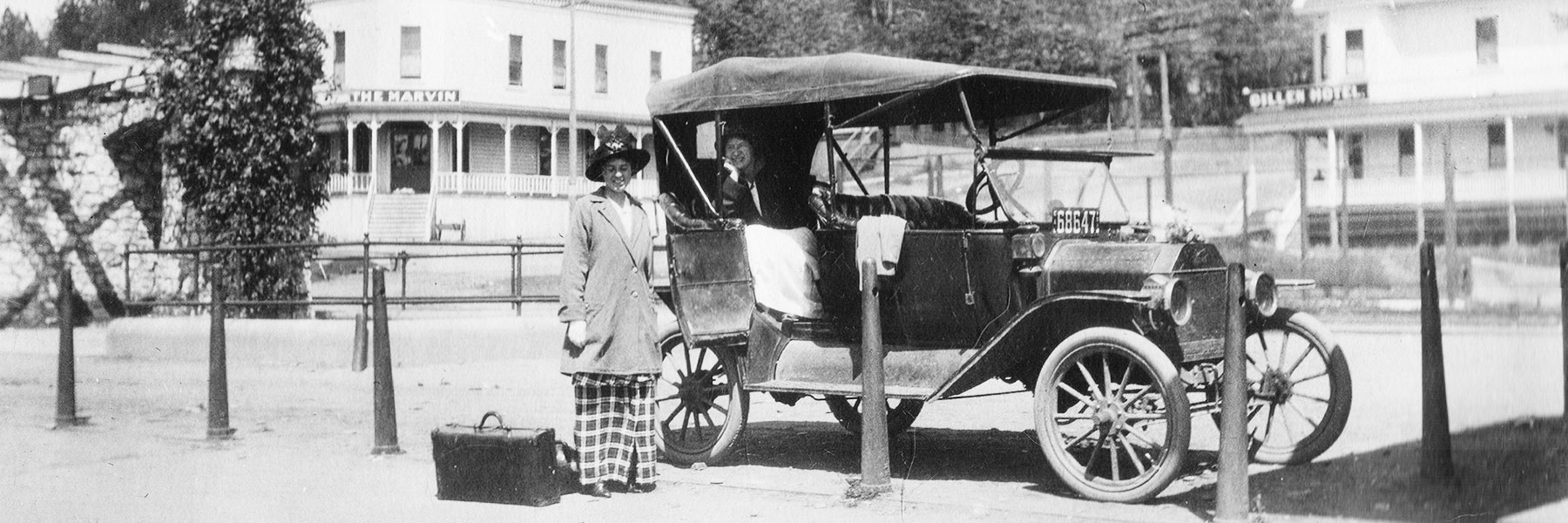Whether you are interested in living here, or just coming to visit, you will find that Colfax and its surrounding area is alive with possibility. From dining and entertainment, natural outdoor beauty and recreation, our lively arts scene, and our excellent schools and business opportunities, you will love the friendly atmosphere. Our strong sense of community knows no bounds.
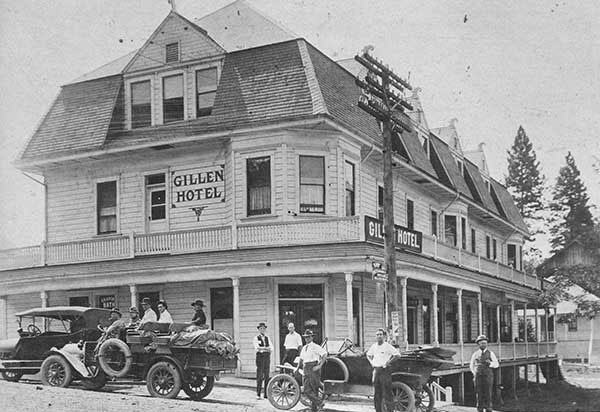
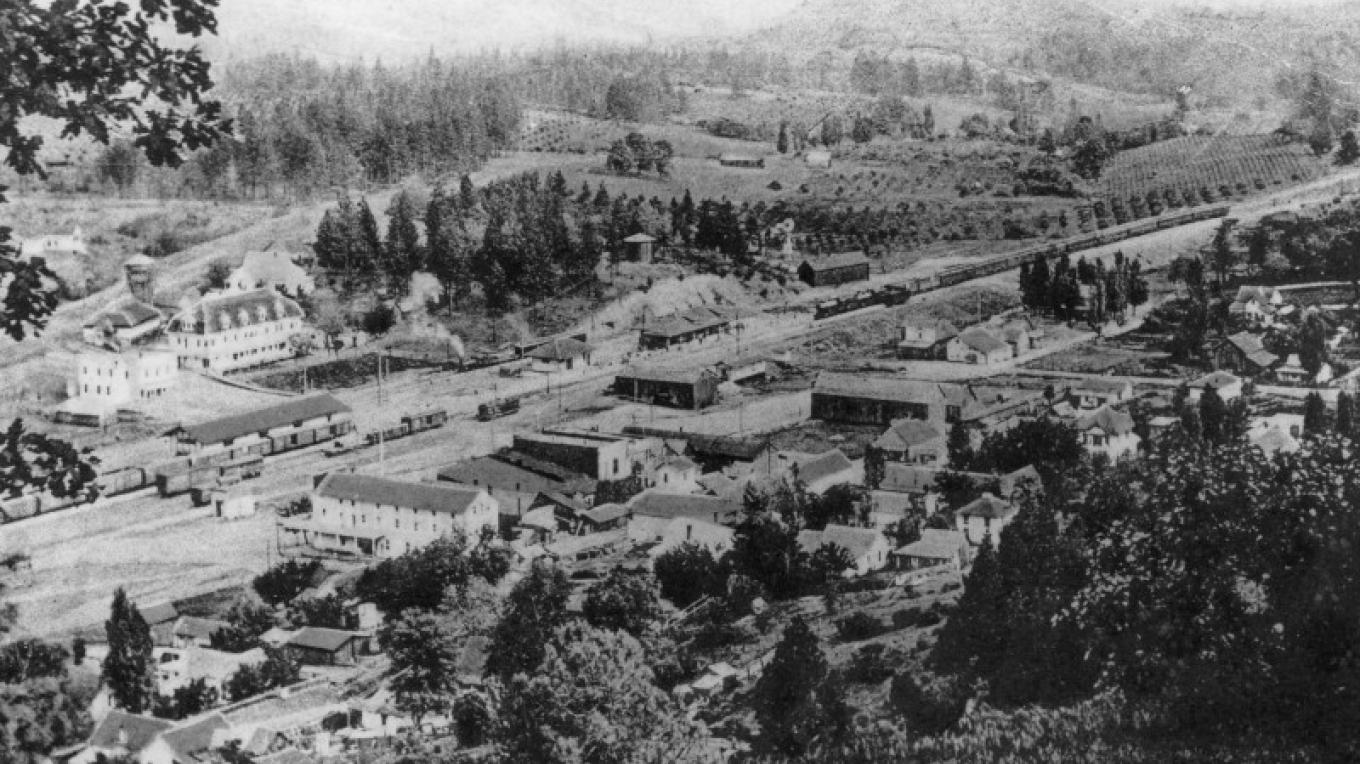
Colfax
Originally known as Alder Grove, Colfax began as a winter camping spot for trappers and gold miners in the mid 1800s. Soon a camp grew into a village and the name was changed to Illinoistown. When the railroad was designed, the grade they selected bypassed Illiniostown and the entire town was uprooted and moved to its present location. The name was again changed to Colfax in honor of Schulyer Colfax, then Speaker of the House of Representatives, who visited the town in 1865 while inspecting progress of construction of the Central Pacific Railroad, the western portion of the first transcontinental railroad. He later became Vice President under U.S. Grant.
Today, entrance to the town sits alongside Interstate 80, while historic historic U.S. Route 40 runs through the historic downtown area. Passenger and freight trains still travel through, and Colfax, with its historic depot, is a stop on the Amtrak line. Known as the “Gateway” to the High Sierra Mountains, our motto is, “Above the Fog, Below the Snow”. Colfax is also mentioned in Chapter 26 of, Around the World in Eighty Days, by Jules Verne.
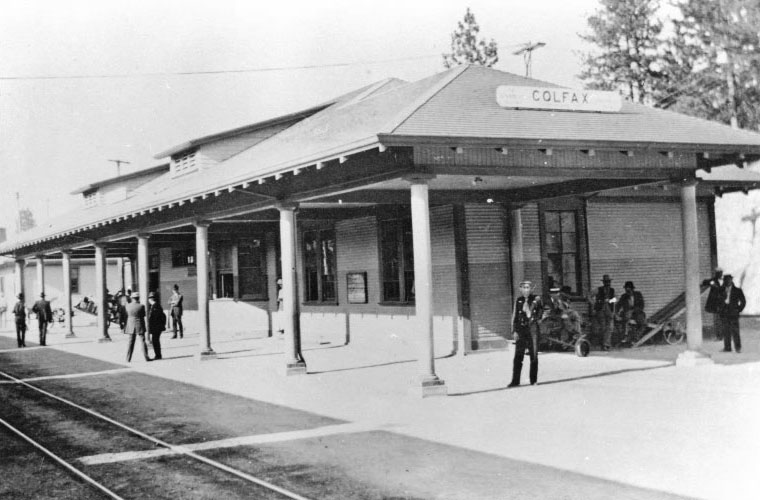
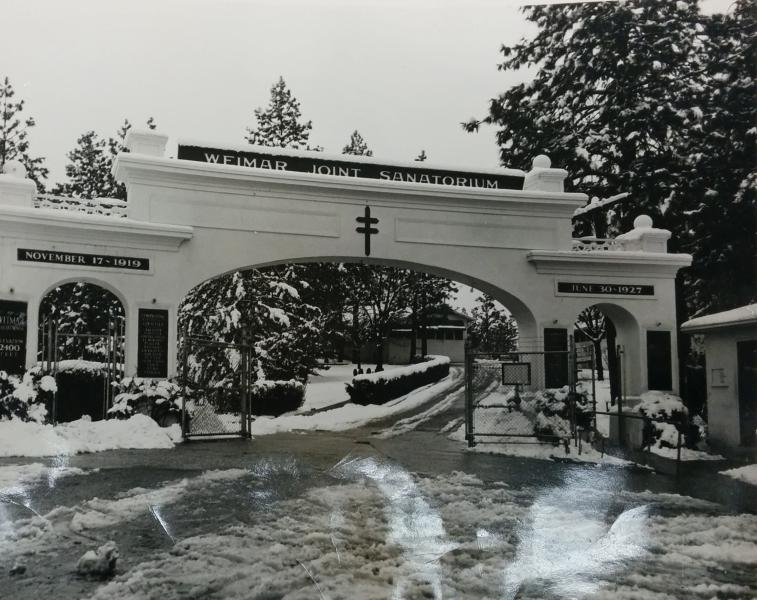
Weimar
Weimar, originally named New England Mills was founded by George Geisendorfer who was born near Weimar, Germany. Many of the original inhabitants were also of German descent. When the Post Office opened in 1866 the Post Office rejected the original name of New England Mills so George Geisendorfer decided to rename the town Weimar. Weimar is approximately 5 miles southwest of Colfax, CA at an elevation of about 2300-2600 feet. The former Weimar Tuberculosis Sanatorium is now associated with the Seventh-day Adventist Church and includes Weimar University and the Newstart Lifestyle program.
Dutch Flat
Rich in history, Dutch Flat was named in the 1800s for its Dutch storekeepers. In what was to become a large Placer County mining area, in those early days, the town had a large population and many fine buildings. Today, one drops back in time over 100 years when exploring the paths and streets of this quaint village. Residents are proud of their well-manicured yards and beautiful homes. The Dutch Flat Swimming Pool is still a popular place for families and friends to go in the summer, and the reservoir attracts bird watchers, hikers, and those seeking adventure in off-road vehicles.

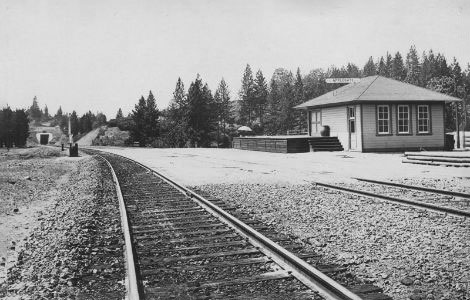
Applegate
In 1849 Lisbon Applegate came to California with his son from Missouri. The Applegates bought property and established a fruit ranch, the main house being where Oliver’s Gas station is today. The community was originally called Bear River House due to it’s close proximity to the Bear River. When the Post Office was opened in 1855 the community became know as Lisbon in honor of it’s founder Lisbon Applegate. In the 1870’s the settlement was renamed Applegate again, in honor of it’s founder. Applegate was an original station on the Central Pacific Railroad. It’s about eight miles northeast of Auburn, rudely severed in two parts by Interstate 80. Applegate is the only know place in Northern California where the Ladyfoot Trumpet flower grows wild.
Alta
Alta is a small community about 30 miles (48 km) northeast of Auburn, located off I-80 and along the historical First Transcontinental Railroad. One of the few buildings other than private residences is the Alta-Dutch Flat Grammar School serving kindergarten through eighth grade students. Alta also boasts a fire department, numerous churches, and a general store.
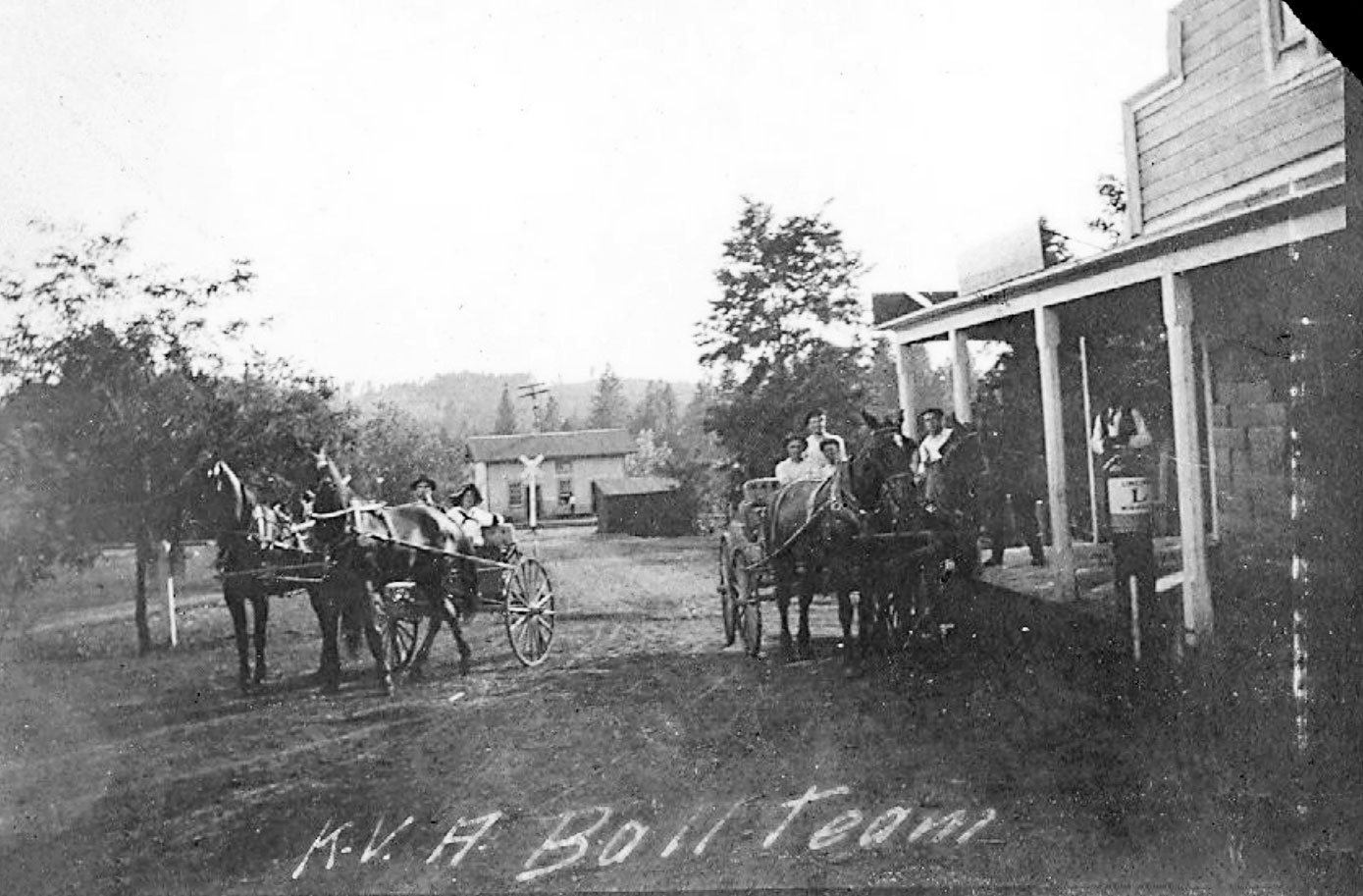
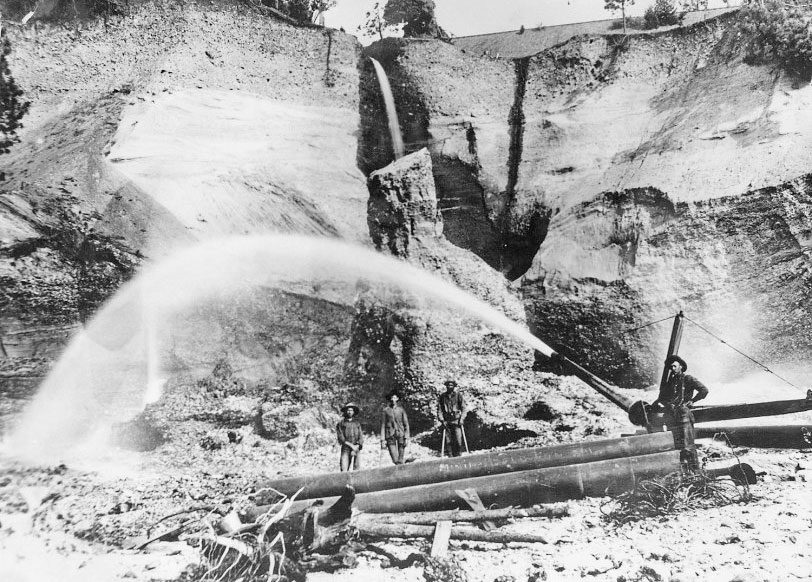
Gold Run
Gold Run was founded in 1854 by O. W. Hollenbeck and originally called Mountain Springs. Famed for its hydraulic mines which from 1865 to 1878 shipped $6,125,000 in gold. Five large water ditches passed through the town serving the mining companies which had to cease operations in 1882 when state law was passed prohibiting hydraulic mining. Today, Gold Run is home to beautiful vistas, sumptuous estates, and live entertainment and BBQ at the Hitch-n-Post right off Interstate 80.Gold Run was founded in 1854 by O. W. Hollenbeck and originally called Mountain Springs. Famed for its hydraulic mines which from 1865 to 1878 shipped $6,125,000 in gold. Five large water ditches passed through the town serving the mining companies which had to cease operations in 1882 when state law was passed prohibiting hydraulic mining. Today, Gold Run is home to beautiful vistas, sumptuous estates, and live entertainment and BBQ at the Hitch-n-Post right off Interstate 80.
